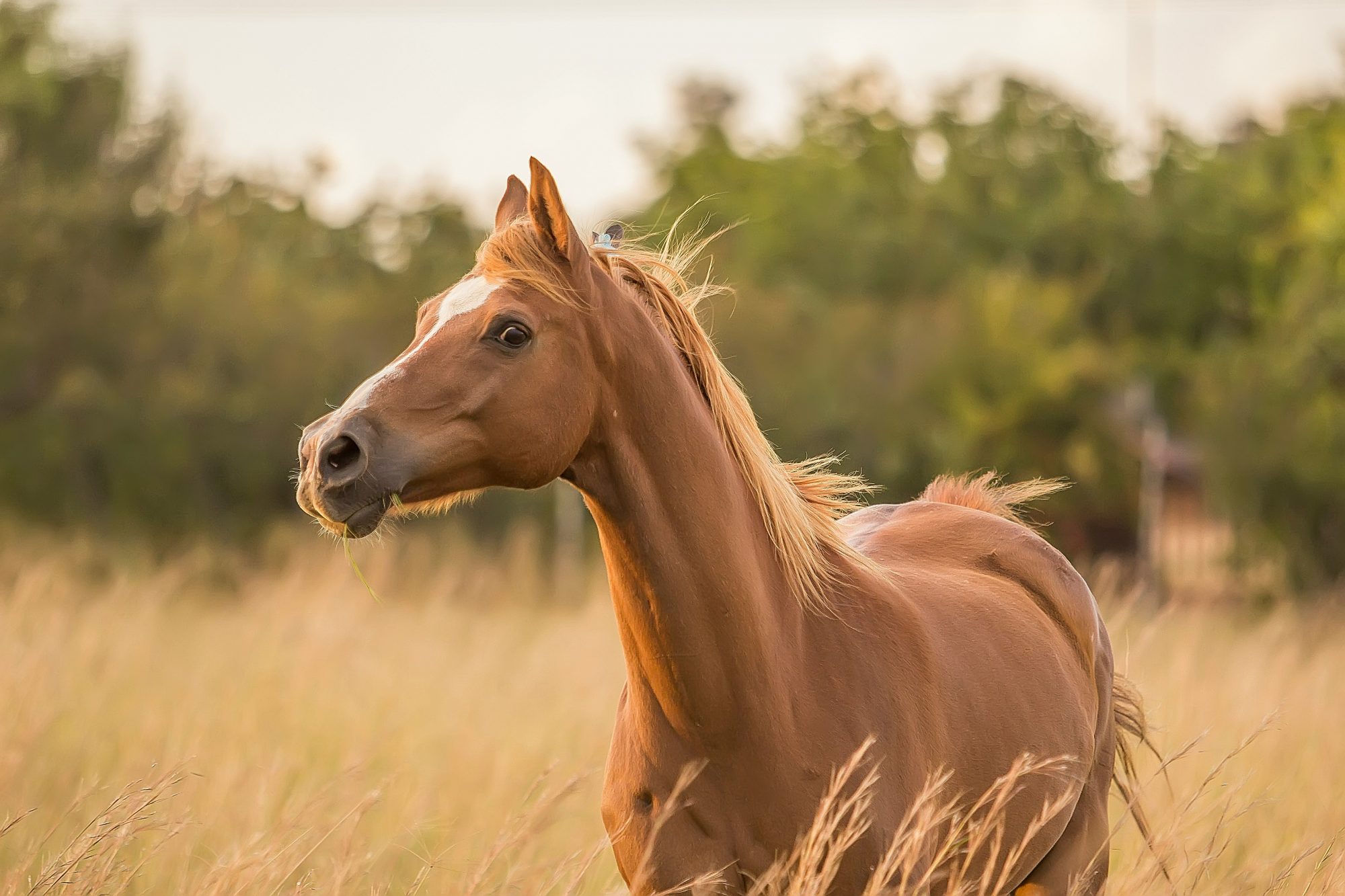The rhythmic rustle of leaves underfoot is one of autumn’s charms, but often accompanying it is the insistent whisper – or sometimes roar – of the wind. In an era where weather patterns are becoming increasingly volatile and extreme due to climate change, windy days are no longer just an occasional nuisance; they’re a more frequent reality for horse owners. This means understanding how wind impacts our equine partners is more crucial than ever.
If you’ve ever felt like your normally solid horse suddenly turned into a jittery mess on a blustery day, you’re not alone; it’s a common challenge, often leaving riders anxious or frustrated and sometimes even unseated.
So, why does the wind seem to trigger this hyper-reactivity in our equine partners? It all comes down to their natural prey instincts and how the wind effects their incredible senses.
Why the Wind Whips Up Spookiness
Horses are fundamentally prey animals, meaning their survival hinges on quickly detecting and reacting to potential threats. The wind, unfortunately, creates an environment that screams “danger!” to their highly attuned systems.
- Sensory overload and constant movement
Horses have highly sensitive vision, specifically evolved to detect even the slightest movement.
The problem: wind creates unpredictable movement everywhere. Rustling leaves, swaying branches, flapping tarps, or rolling lightweight objects. To a horse, each movement could be a predator about to attack.
The result: the constant, unpredictable motion leads to sensory overload, making them hyper-alert and prone to spooking at things they’d normally ignore. - Impaired hearing and smell
Horses rely heavily on their acute hearing and sense of smell to identify potential threats and navigate their environment safely.
The problem: the wind itself generates “white noise” that can mask or distort familiar sounds and scents. They struggle to pinpoint where a sound is coming from or clearly identify a familiar smell.
The result: this uncertainty further activates their ‘fight or flight’ instincts. They become hyper-vigilant because their primary warning systems are compromised, making them more likely to react strongly to any unexpected stimulus. - Evolutionary and social factors
As herd animals, horses are wired to react quickly to ambiguity – it’s a critical survival mechanism – and windy days are the definition of ambiguous signals! This environment triggers a higher baseline of alertness, increasing their propensity to flee or react nervously to minor changes.
What Riders Can Do About It
Understanding why horses are flighty in the wind is the first step; the next is developing strategies to help them cope. Our goal is to lower their anxiety and provide them with clear, confident leadership.
- Be a confident, calming presence
Remember that horses are masters at reading human emotions and mirroring tension.
The fix: focus on relaxing your own body. Breathe deeply and rhythmically. Keep your aids soft but decisive. If you tense up, your horse will amplify that tension, confirming to them that there is something to be worried about. - Prioritise calm movement
Avoid escalating their nervousness with sharp, sudden movements.
The fix: move deliberately and consistently. Encourage forward movement without rushing. This active focus prevents them from locking onto external worries and helps them concentrate on you. - Strategic exposure and desensitisation
Work with your horse’s natural curiosity to investigate “scary” items.
The fix: When safe, gently ask your horse to approach the spooky object (e.g., a flapping bag or rustling bush). Allow them to look and sniff without pressure. Once they relax, even for a second, move away and praise them. If safe to do so, slowly increase the time spent near the object, but keep watching your horse’s body language and be sure not to overdo things; you want to finish on a positive note. - Groundwork focus
Groundwork can be incredibly beneficial on a windy day as it requires focus and respect in a low-risk environment.
The fix: Practice simple exercises like leading, halting, backing, or yielding the hindquarters. This re-establishes your leadership and makes them think about you and the task at hand, rather than the flapping flags outside the fence. - Reset your expectations
The biggest mental shift is often accepting that you might not have your best ever ride, but also not convincing yourself that it’ll be your worst before you’ve even started!
The fix: Focus on consistency and safety over performance. Keep the session shorter and end on a positive, if simple, note. A good rhythmical walk, a square halt, or a smooth transition all tell you your horse is listening and working with you. Praise your horse generously for these small moments of calm, reinforcing the good behaviour.
Remember, a windy day is genuinely challenging for your horse’s mind. By staying calm, consistent, and empathetic, you can be the anchor that helps them weather the storm!
If you enjoyed this and would like to read some more, check out Are you ready for spooky season?

